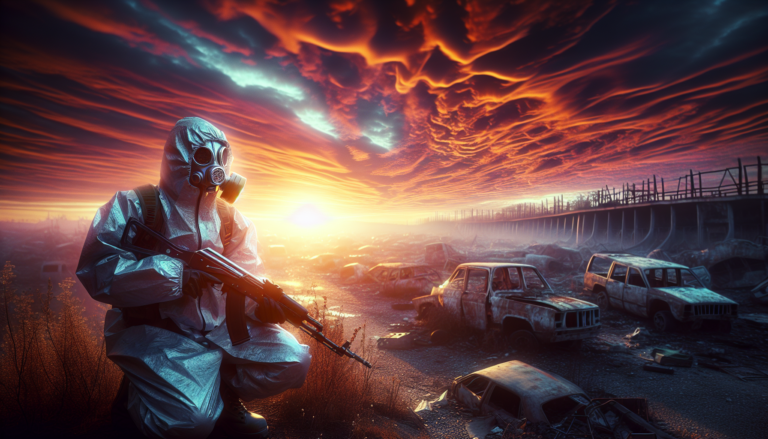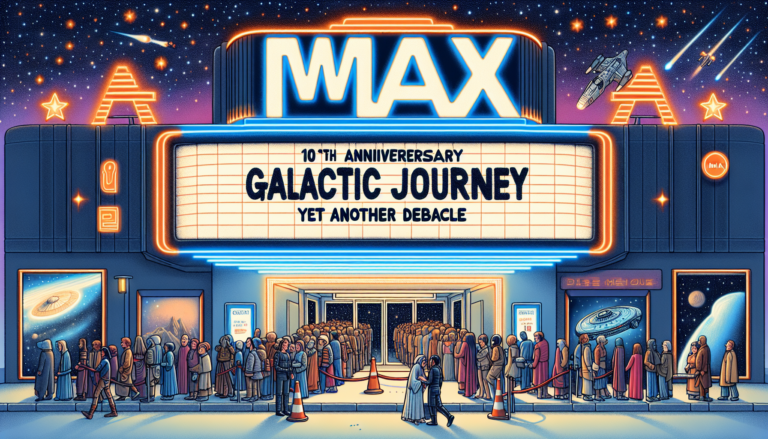Three friends embarked on an exhilarating 72-hour game of tag, racing across Europe with a unique set of rules and a strategic plan. This adventure, inspired by the Jet Lag series, showcases the thrill and creativity underlying contemporary travel-based games. Here’s a look into the mechanics, challenges, and dynamics that make this game an exciting spectacle.
Key Takeaways
- **Three friends played a 72-hour game of tag across Europe**, starting in Ferrara, Italy.
- **Players aimed for different destinations** – Lyon, Capri, and Bratislava, all approximately 750 kilometers away from the start.
- **The game’s primary mode of transportation** involved using Europe’s extensive rail, bus, and ferry networks.
- **Strategic navigation and challenges** were crucial due to train schedules and potential delays.
- **Gameplay dynamics**: One player acted as the Runner, with the other two as Chasers, utilizing a live tracker to hunt down the Runner.
- The game has **gained popularity** due to its engaging and adventurous nature.
Game Setup
The 72-hour game of tag began in **Ferrara, Italy**, with each of the three friends heading towards separate destinations: Lyon in France, Capri in Italy, and Bratislava in Slovakia.
Each player’s endpoint was around **750 kilometers from the starting point**.
The objective was to reach their destination within the specified time or be the closest to it if the time ran out.
Game Mechanics
The **72-hour time limit** added a thrilling constraint.
Reaching their endpoint within this duration resulted in an immediate win.
If no one reached their goal in time, the winner was the player closest to their designated endpoint.
Transportation
**Europe’s extensive rail network** played a crucial role.
The game relied heavily on **trains**, including high-speed and light rail options.
**Buses and ferries** were also used where necessary.
Challenges and Strategy
Players had to **strategically navigate train schedules** to ensure efficient travel.
Delays and unreliable schedules could complicate the journey.
Despite occasional disruptions, Europe’s **transportation system** generally allowed for effective travel planning.
Gameplay Dynamics
The game had a distinct **role-playing element**:
One player was the **Runner**, and the other two were **Chasers**.
Chasers used a **live tracker** to follow the Runner.
Once the Runner was tagged, the roles rotated, mimicking a format **similar to The Amazing Race** but with a more simplified approach.
Popularity and Engagement
The series has garnered significant attention for its engaging format.
The **Jet Lag series** has become increasingly popular over the past year.
The combination of **strategy, adventure,** and **camaraderie** has captivated audiences.
FAQs
How does the 72-hour game of tag across Europe work?
Three friends start from Ferrara, Italy, and head towards different destinations about 750 kilometers away. The constant chase and strategic planning make the game intriguing.
What transportation modes are used in the game?
Mainly trains, leveraging Europe’s extensive network. Buses and ferries are also options when needed.
What are the main challenges in this game?
Navigating train schedules, dealing with delays, and strategically planning the quickest routes to their destinations.
How are the gameplay dynamics structured?
One player is the Runner, and two are Chasers. The Chasers use a live tracker to hunt the Runner, and roles rotate upon tagging.
Why is this game popular among viewers?
Its blend of strategy, adventure, and camaraderie, coupled with Europe’s diverse transit options, makes it an exciting and unique experience.





